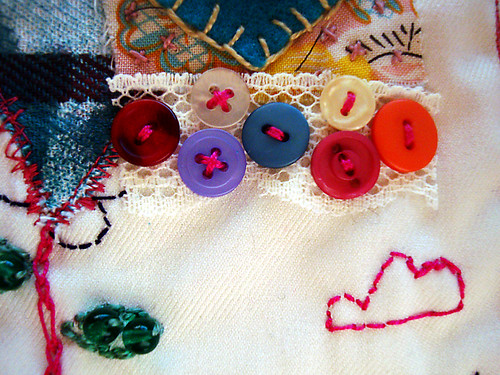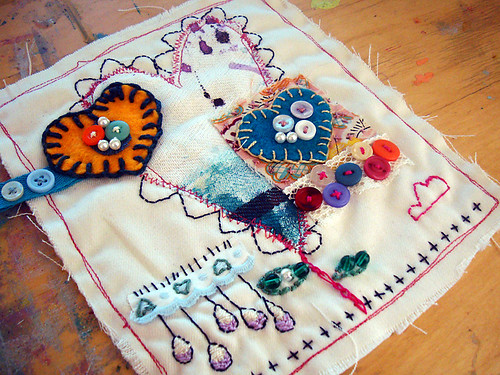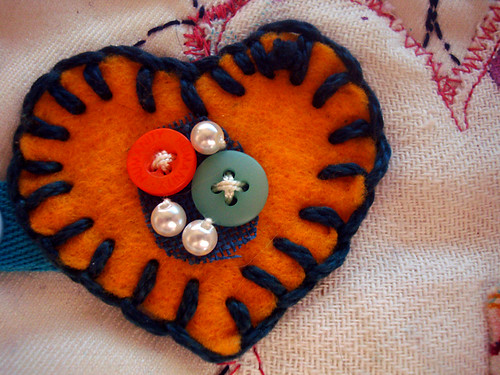Up until about three months ago, the only tea I’d touch had to either be a. iced, or b. green. And not the green tea you get in bottles at the gas station, with honey or lemon or any other method of sweetening. I like my green tea bitter, thank you, as intended. After you’ve had ceremonial green tea, that thick, soup-like froth so vibrant, it seems unnatural and magical at the same time, regular green tea is practically tame.
I’d drink some in the morning, a boost of caffeine on the harder days when my chronic fatigue decided to swoop in and keep me in bed, or in the afternoon when I needed an extra bit of energy to get work done. And since I’m allergic to the oils in coffee, I can’t drink it (except for decaf, and iced, and cold-brewed, and a very light blend -- a combination I don’t expect to find in a cafe any time soon), which severely limits what I can get a a coffee shop. I frequent them enough to need something, and lately have been adventurous when it comes to what I have the girls at the local shop ice, going mostly off their recommendations.
Last time I was outside -- doctor’s appointment at 11 or so this morning, a short visit, adjustment, medication adjustment -- it was about 104F (40C for my international readers), and yet I’m sitting here with a hot cup of Darjeeling; milk, sugar, until it’s a warm shade of light brown.
Realistically, my new need for tea -- and around 4pm, to be proper -- comes from the insane amount of BBC programming I’ve been watching as of late, ever-thankful for Netflix and the internet for providing me with a wide range of accents (I have discovered I adore Welsh accents, unless it’s Janette, who is adorable and wins all the awards). There are only so many times John Watson can ask, “Tea?” before a girl has to go find some herself.
But there’s something more to tea.
As a student of Japanese culture, I’ve been to several traditional tea ceremonies, both in Chicago and Takamatsu (Kagawa, Japan). There’s a subtle grace to the moments of the ceremony, each designed to bring you closer to the present moment, to clear your mind. It is meditation enhanced by the senses, and each tiny movement has a bigger purpose. Take, for example, the turning of the bowl. When your tea has been poured, the bowl is turned so the design faces you, a way of showing respect, of connecting, without words, for a moment in time. When you finish, the bowl is then turned back towards the practitioner, your thanks for the wonderful tea.
And I think, in my modern, insanely-hot-but-I-have-air-conditioning world, that the act of standing and going to make tea is a deliberate decision. After hours on the computer or at the desk creating, I pull back to myself, collect the mug, the tea bag, and let it steep. I pour in the milk and watch it swirl. Spoon in some sugar and stir, the click-click of the spoon hitting the sides of the mug a delicate, breakable sound.
The mug is warm against my hands, and I close my eyes to savor the taste -- sweet and bitter at the same time, a balance known only by my hands scooping the sugar -- reconnecting with myself and the ground, solid, beneath my feet.
For a few minutes a day, my time is mine and nothing else matters.
And that, my friends, is priceless.
It seems, as I sit here, that Drake likes tea just as much as I do. Perhaps we both need a break, a shift, a subtle change in the day that says, “Hello, world. I am here. I am alive. And I am paying attention.”
*****
You asked, and I'm answering -- click here to download a PDF with all the details about True to You 2!
AND! If you haven't taken the original True to You but want to, you can now get it for $20 with the purchase of True to You 2. I'll send a refund via PayPal for the price difference.



